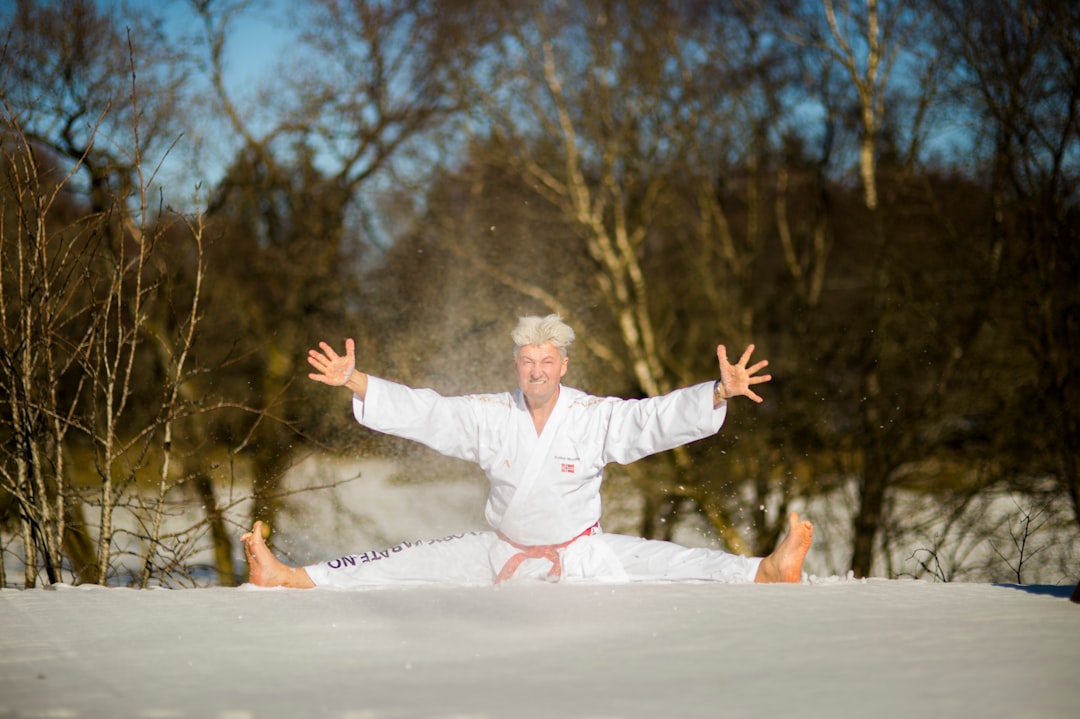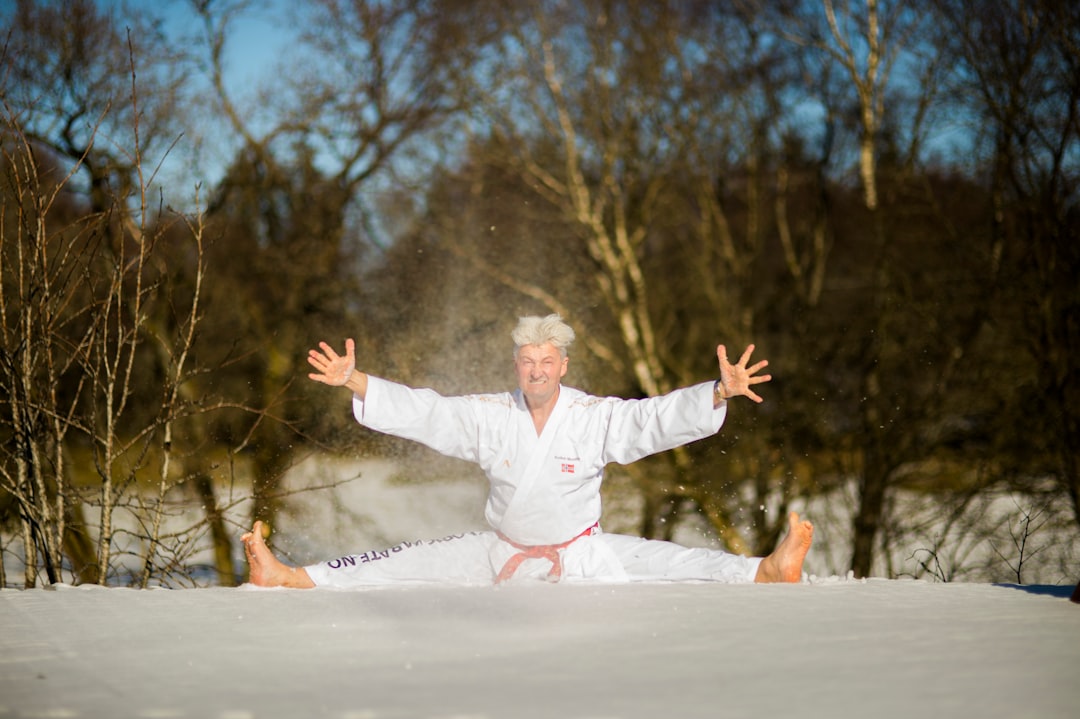What is the Karate Suit Called? Unraveling Martial Arts Uniforms
Martial arts uniforms, or gi in Japanese, serve more than just aesthetic purposes. These garments hold cultural significance and play a vital role in training and competition for practitioners worldwide. From the traditional cotton kimono-inspired designs to modern synthetics, each fabric and style tells a story within the martial arts community. This article delves into the rich history of martial arts uniforms, explores their diverse forms, and specifically shines a spotlight on decoding the iconic karate suit, or karate gi.
- # What is the Karate Suit Called? Unraveling Martial Arts Uniforms
- 1. Understanding Martial Arts Garments
# What is the Karate Suit Called? Unraveling Martial Arts Uniforms

In martial arts, the attire worn by practitioners is more than just a piece of clothing; it holds symbolic and functional significance. The term often used to describe the uniform in Karate, one of the most popular martial arts globally, is “karate suit.” But what exactly constitutes this distinctive garment?
The karate suit, or dojiek (in Japanese), is typically composed of a lightweight, flexible fabric designed for comfort during intense physical activity. It consists of two main parts: the gi (a jacket-like top) and the hakama (baggy trousers). This attire allows for a full range of motion while providing coverage and modesty, addressing the fundamental needs in martial arts training and competition. So, when you refer to the clothing worn by Karate practitioners, the term “karate suit” accurately encapsulates this essential gear?
1. Understanding Martial Arts Garments

Martial arts garments, often referred to as uniforms or doboks, are designed to serve multiple purposes. These specialized attire pieces are crafted from durable materials like cotton or synthetic blends, ensuring comfort and flexibility during intense training sessions? They also promote modesty and uniformity among practitioners, fostering a sense of camaraderie within the martial arts community.
The most well-known example is the karate suit, commonly called a dobok. This uniform features a form-fitting design with specific cutouts for mobility, allowing unrestricted movement during complex kicks and blocks. The vibrant colors, often in solid shades or bold patterns, not only make them visually appealing but also help to distinguish students’ ranks and skill levels?
